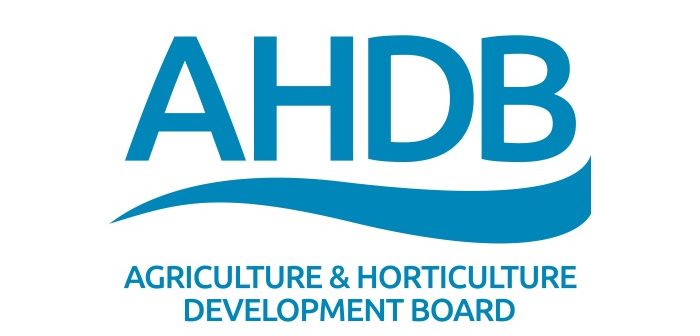The increased integration of research with practice is making a significant contribution to the future success of UK crop production, delegates learned at the tenth AHDB Agronomists’ Conference.
Taking place on 7 and 8 December in Peterborough, the conference highlighted the value of farmer-led knowledge exchange initiatives and the importance of combining increasingly limited funds and resources.
Delegates also heard how major new initiatives have opened up significant opportunities for the UK’s research community to tap into multi-million pound investment programmes.
Inspire, innovate and integrate
Around 300 agronomists, growers and other members of the arable industry watched the 2016 conference, which saw AHDB Cereals & Oilseeds and AHDB Potatoes unite to showcase evidence-based developments in agronomy for the first time.
Conducted under the 2016 conference theme ‘Inspire, Innovate, Integrate’, the unifying message was that ‘integration’ in crop production was the most important, yet often hardest, thing to get right.
Integrated research
A detailed insight into the AHDB-supported £21 million crop health and protection (CHAP) initiative, launched earlier this year, was given by AHDB’s Jon Knight.
He said that CHAP had provided essential funding to bring likeminded people together to crack some of global agriculture’s most pressing crop protection challenges.
Dr Knight also said that the initiative had already “brought much-needed investment” in the Sutton Bridge Crop Storage Research Unit and added that it can now “bring even more post-harvest solutions to growers”.
The opportunity provided by UK Government’s £1.5 billion Global Challenges Fund, which CHAP can access, to help develop international solutions that “reflect UK needs” was also emphasised.
Integrated disease management
Understanding pathogen populations was a common subject on both conference days.
Delegates heard, for example, that the dynamics of potato blight strains had shifted over recent years. New strains continue to appear with uncertain implications for disease development and control.
Low-moderate SDHI insensitivities were also found in late-season septoria samples taken from SDHI-treated wheat fungicide trial sites (9/9), although highly insensitive strains remain rare.
Delegates were reminded of the importance of following resistance management guidance published by the Fungicide Resistance Action Group (FRAG-UK) and, especially, to exploit alternative modes of action as much as possible.
Refinements to disease management tools were also announced, including the release of new risk criteria to transform the performance of Potato Late Blight alert systems and the publication of septoria disease ratings to one decimal place.
On the latter point, AHDB’s Simon Oxley stated that emerging SDHI insensitivities meant growers should limit fungicide applications. He added that making it easier to identify varieties with superior disease resistance would help growers restrict their agrochemical use.
Integrated pest management
Growers have become increasingly dependent on relatively cheap pyrethroids. In fact, 94% of insecticides applied to UK wheat and oilseed rape are now pyrethroids.
Speaking on the resulting selection pressure, AHDB’s Caroline Nicholls said “new cases of pyrethroid resistance have doubled in the last three years” and she urged the industry “to consider the long-term price of prescribing pyrethroids, use more alternative modes of action and protect natural pest predators more.”
Delegates also learned that better targeting of potato cyst nematodes (PCN) had moved much closer, following the most significant update of PCN population dynamics data in ten years.
Integrated systems
The pros and cons of cover crops were also supplied via a data-filled presentation delivered by NIAB TAG’s Ron Stobart. He said that although there is no “one-size-fits all recommendation”, a key take-home message was that it can take several seasons to reap the full benefit from a cover crop and this must be considered to gauge their true rotational value.
Presentations, delivered by open-minded growers, involved in farmer-led initiatives (including Nuffield Farming Scholarships, SPot farms and Monitor Farms), hammered home the importance of farming in an integrated way that respects the system.
To make marginal gains, which really add up, UK growers should work as a team, learn from global agriculture experiences, balance rotations (including considering cover crops and livestock opportunities) and gather and, importantly, make the most out of on-farm trials’ and agronomic data.




